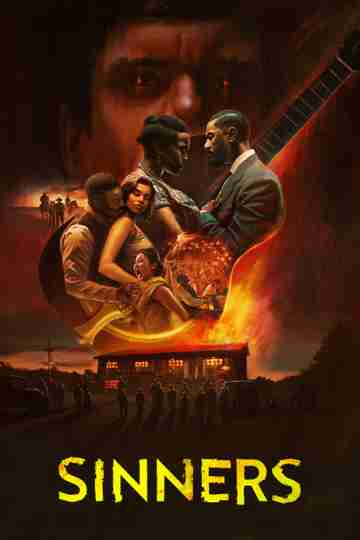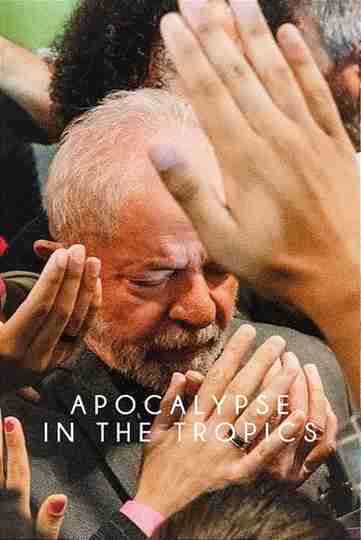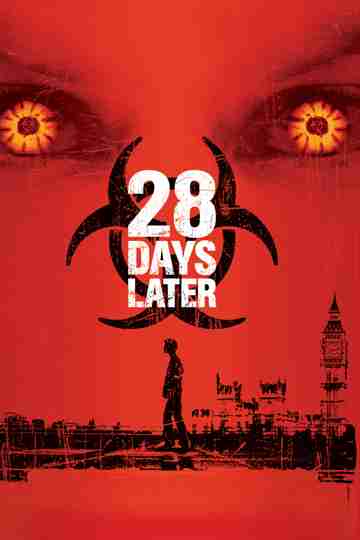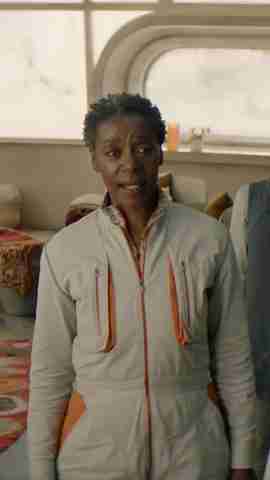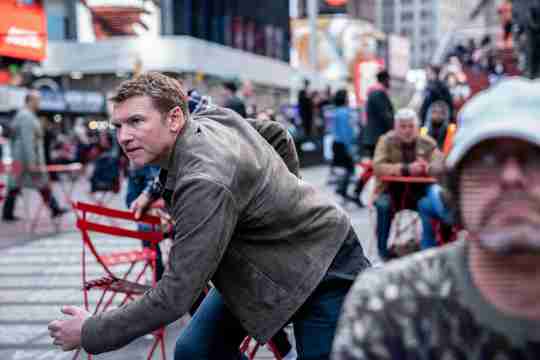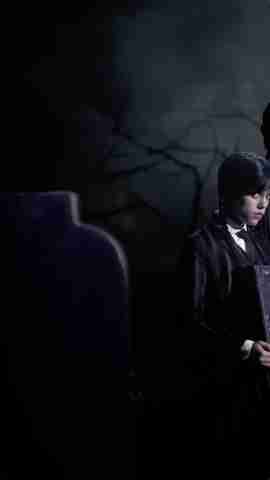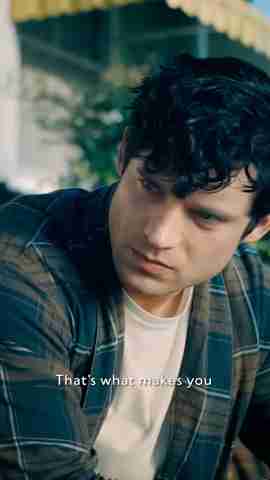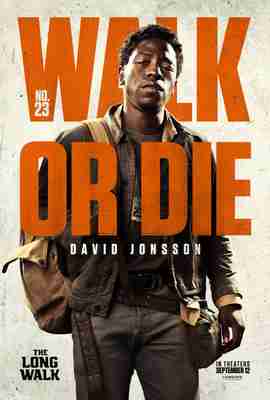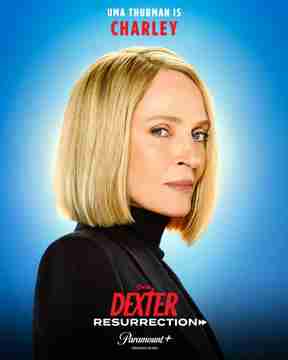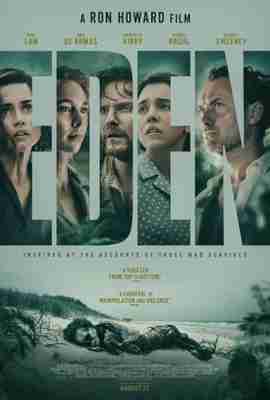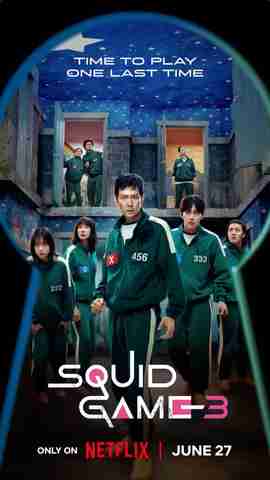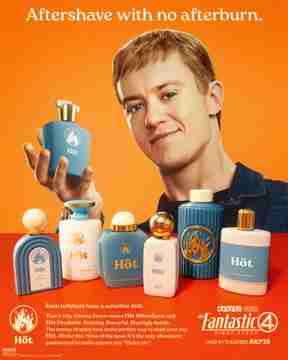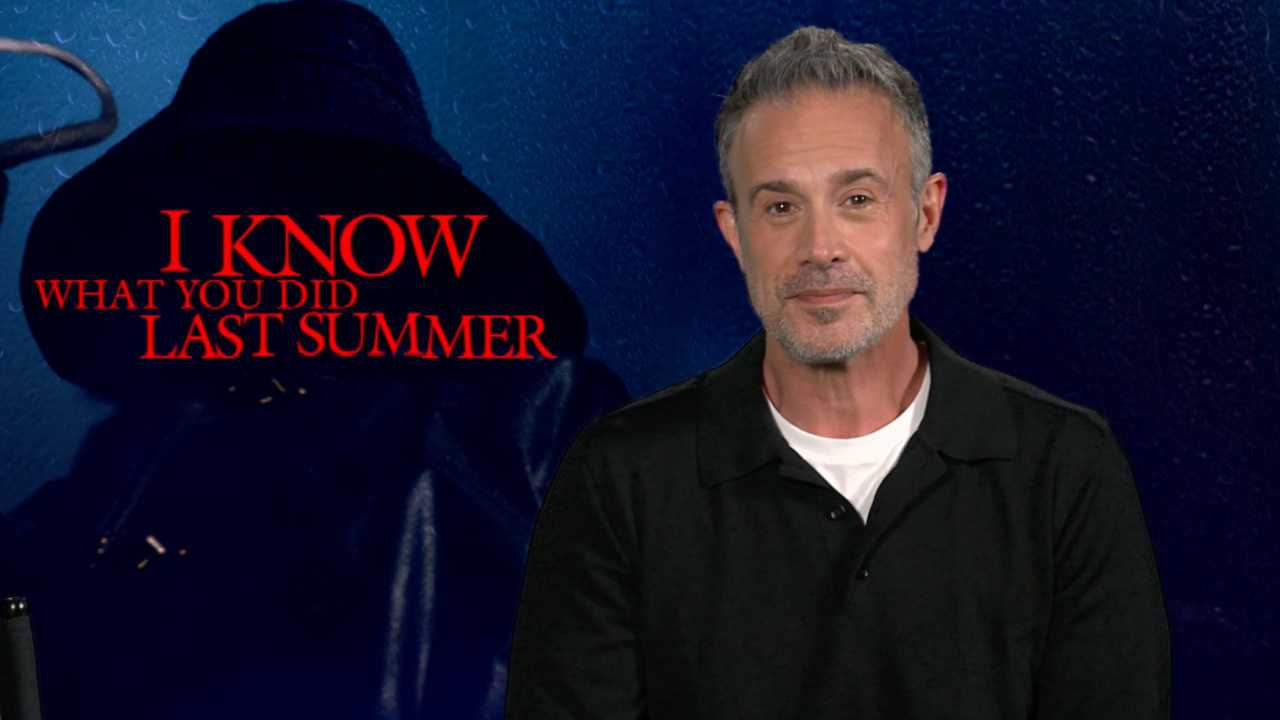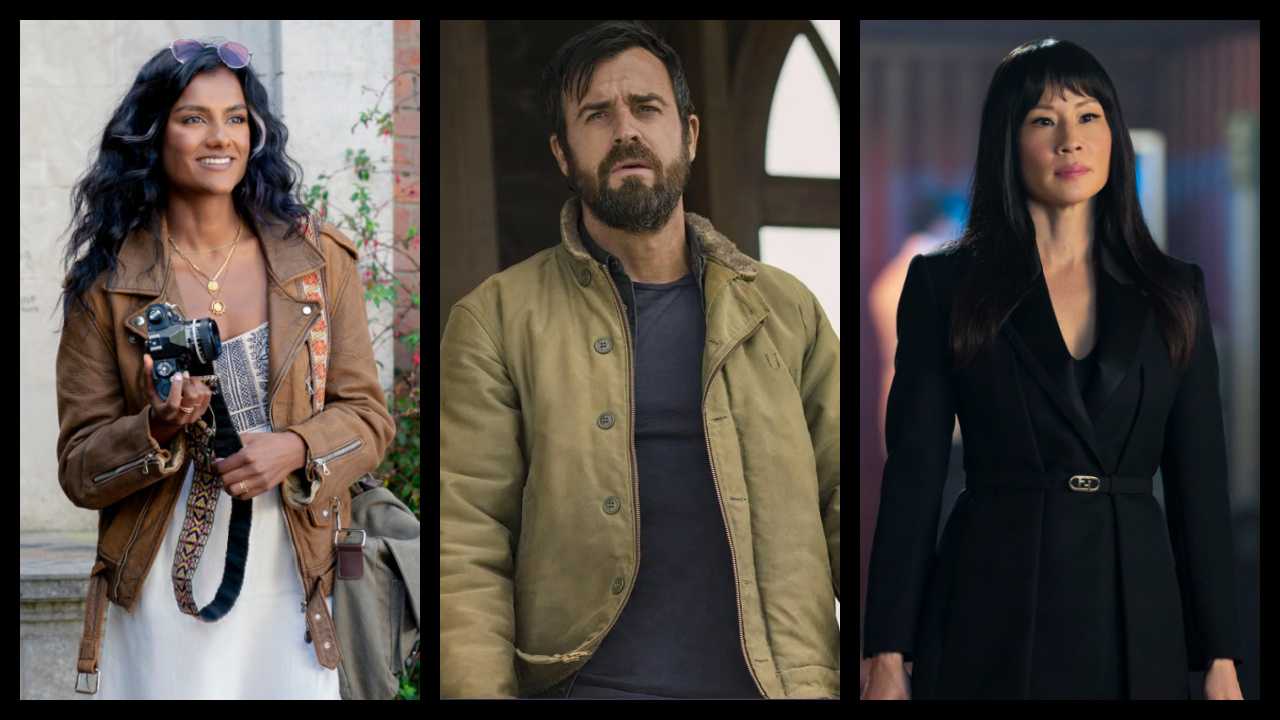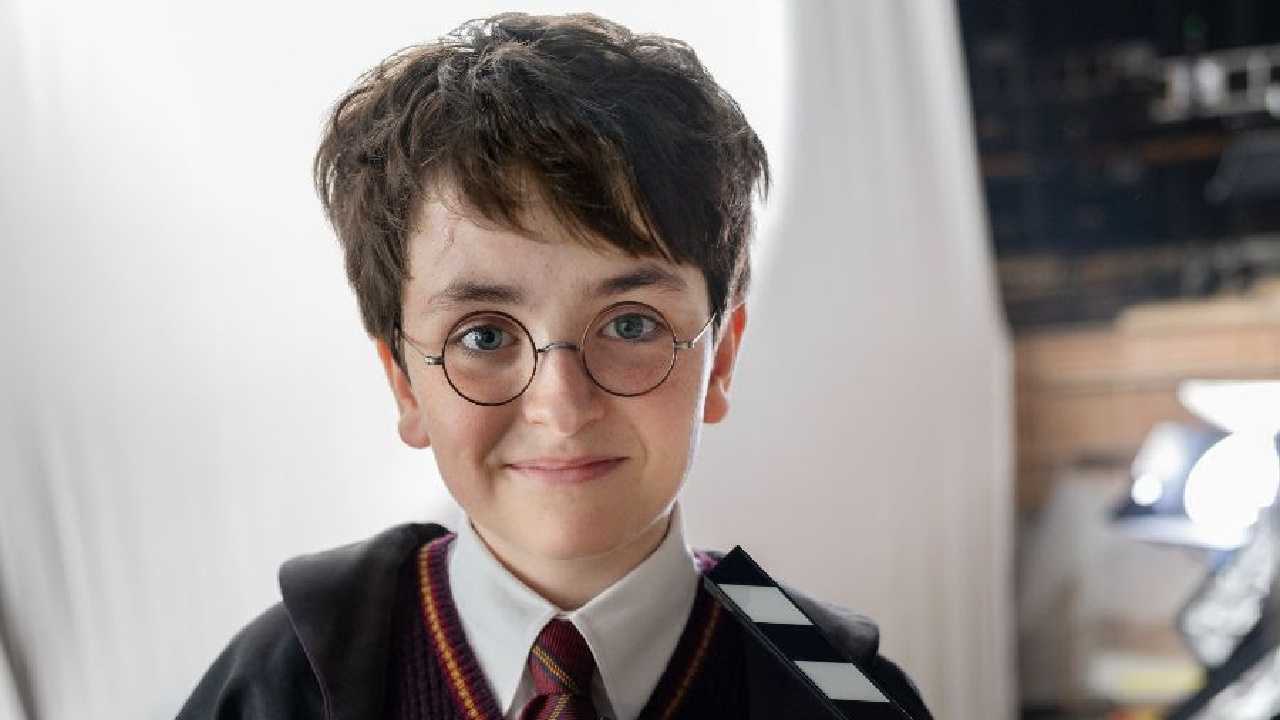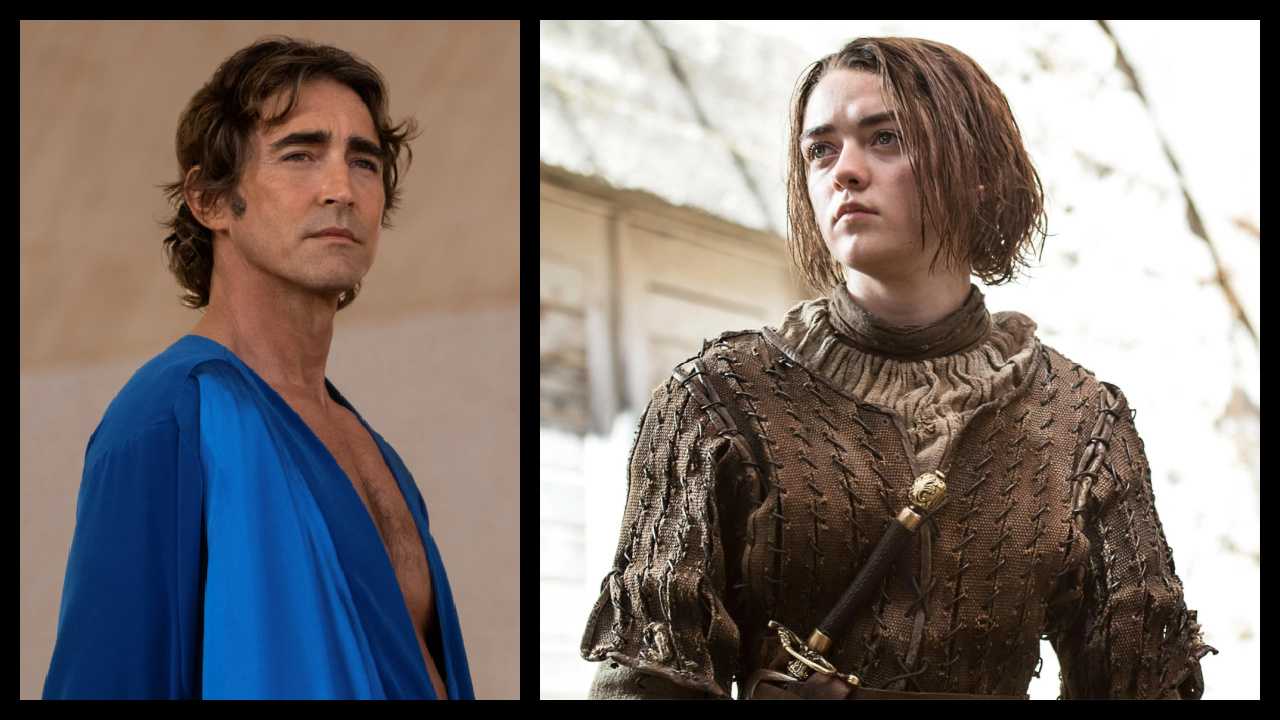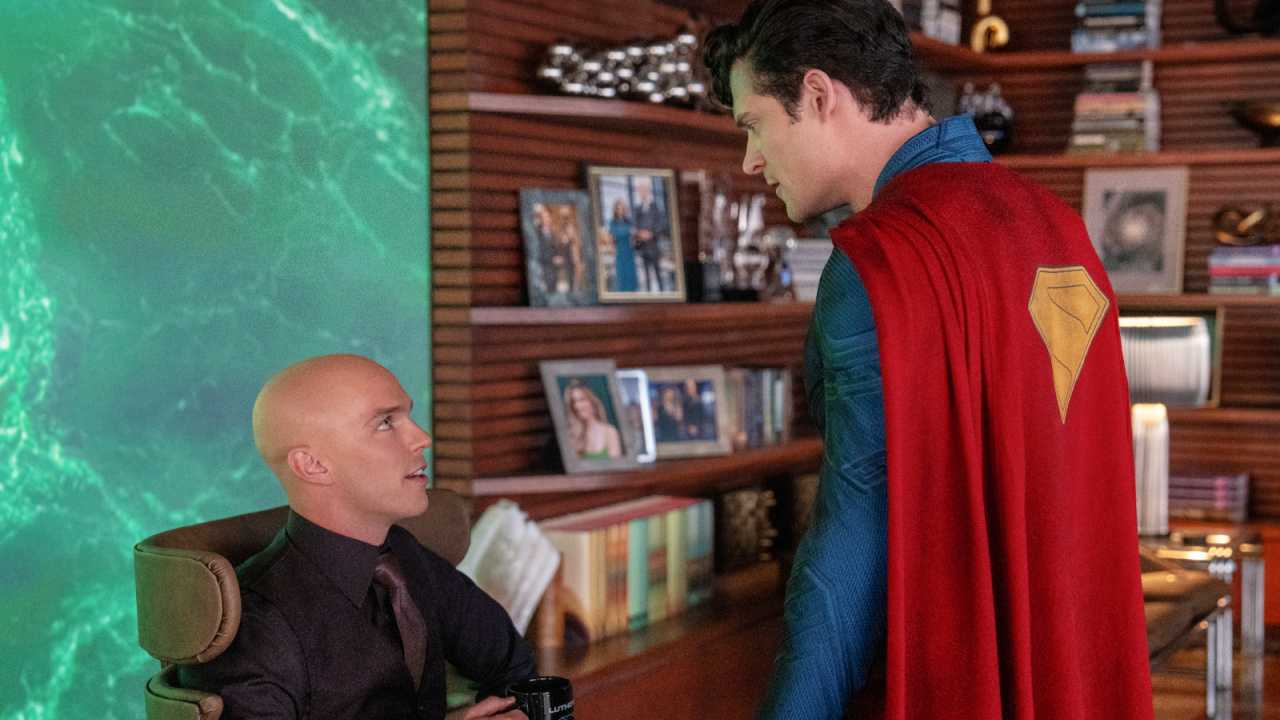'Danger One' Director Tom Oesch Reveals How He Pulled Off the Craziest Caper You've Never Seen
Tom Oesch is one of the best Hollywood directors you've (probably) never heard of. Hopefully, soon, that's about to change.
The filmmaker, who has a scary-good sense for "character-first" storytelling, has spent year developing sizzle reels and fine-tuning ideas in an effort to lock down his first directorial feature. All that hard work recently paid off with "Danger One," an inventive, balls-to-the-wall thriller starring "That Thing You Do's" Tom Everett Scott as one half of a paramedic duo struggling on little sleep and even less pay. He and his partner are hit with a strong dose of WTF when they find a million bucks concealed in the jacket of their latest patient. When their patient dies, they (obviously) keep the money and that's when (obviously) things escalate to very violent, very "After Hours" place.
Moviefone recently sat down with Oesch where he revealed how he pulled off this hidden gem of a thriller.
MOVIEFONE: What helped seal the deal for you to make this story your feature directorial debut?
Tom Oesch: There were a bunch of reasons, but the most important one was that it’s exactly the kind of movie that I couldn’t get enough of as a teenager. The movies first got their hooks in me during that time, the '90s, with those years shaping my path in life more than any. And so I really try to still listen to my teenage self today, get his advice, you know? Which explains the film’s playful tone. The thing is, I was really lucky that I got to tell a story that originated in my own brain. And even though the film obviously changed once other people came on board, there’s still a lot of myself in there.
My father’s a doctor, so I’ve always had a soft spot for medical thrillers and also for dark comedies. Let me tell you, the jokes at a doctor’s dinner table get pretty macabre. I also really responded to the strained but affectionate relationship between ["Danger One's"] two main characters, which has a bit of a father-son dynamic to it. Emotionally, as a director, you always need to find your personal connection to a story, and for me -- it was that relationship.
Tonally, this movie feels like a welcome throwback to '80s/'90s romps. Like, it feels like it's in the same zip code as "After Hours" or something similar. Were there any movies you watched, or had the cast and crew watch, to help set the tone you wanted to create?
It’s such a throwback, absolutely. There must be hundreds of '80s and '90s flicks that subconsciously shaped “Danger One” into the movie it is. And many of them probably unrelated and maybe not even good. I mean, I wouldn’t be surprised if “Teenage Mutant Ninja Turtles 3” snuck in there somehow. I loved that movie as a kid, go figure. But in terms of direct influences, yeah, there were a few movies that Steffen Schlachtenhaufen, our writer, and I discussed when we were hammering out the script. “Shallow Grave” came up a few times. “Fargo” and “A Simple Plan”, obviously. But we also knew that those were all very idiosyncratic and that we had to make sure “Danger One” had its own flavor, both tonally and aesthetically.
So what we did was, we spliced in a little bit of the buddy action comedy DNA that was so popular in the '80s and '90s. You know, “48 Hrs”, “Lethal Weapon”, “Tango & Cash”, “The Last Boy Scout”. And then we gave all that the sort of manic energy that would really reflect what it’s like to be a paramedic and race around town all night. In the end, “Danger One” became pretty idiosyncratic itself.
What scene proved extra-challenging in the development stage, but surprised you on-set for being easier than you thought? Or, vice-versa: Was there a scene in the script that seemed "easy to pull off" at first, but surprised you on-set?
You know, our schedule was so tight that everything automatically got more difficult. We only had 23 days to shoot the movie, which was pretty insane. But yeah, there were definitely a few things that sounded super easy on paper but ended up being a pain in the ass. Like, you only realize how hard it actually is to raise up a gurney when you’re on your 30th take! And sometimes those surprises were almost comically absurd.
For instance, we shot a big chunk of the movie in this old, dirty warehouse east of Downtown LA. It wasn’t a soundstage, but we decided to use it as one because it was spacious and cheap. The plan was to film a lot of our interior dialog scenes in there. Easy, right? Well, not when there’s a recycling plant literally right next door, with trucks banging huge containers full of bottles and tin cans against our wall all day long. Half the sound we recorded was so unusable, that we had to ADR the hell out of it later. To make it worse, that damn warehouse wasn’t just noisy and infernally hot, it was also infested with these tiny flies. You couldn’t walk ten feet without getting one of them in the eye. I remember we had to repeat a take once because Tom Everett Scott started gagging on a fly that flew right into his mouth in mid-sentence. It was something else, man.
Tom Everett Scott -- it's been awhile since we've seen him in a movie, and we've never seen him in a role like this. How did you get him to sign-on?
Tom’s the man. He’s been working pretty steadily for a long time. He had a couple movies out both this year and [in 2017]. He does quite a bit of TV, too. And I’m not surprised they keep him busy. Besides the obvious talent, he’s also just a great dude to have around. To this day, members of the cast and crew keep telling me how much they loved having him on set. And that’s not something you get a lot. But he was just so happy to be on that set because he got to play the type of role that he doesn’t come across much. Hollywood likes to typecast and that doesn’t make Tom the obvious choice for a character like this. You know, this cocaine-fueled Tasmanian Devil of a paramedic. Brash and charismatic on the outside, but deeply flawed and vulnerable under the hood.
But that’s exactly why we wanted him and he knocked it out of the park. All our actors did wonderful work, but this movie really is all Tom. It was funny because he came up to me once when we were on set, just to tell me how grateful he was to be a part of this. I was like “Dude, are you kidding? I’m the one who’s grateful!”
Did Scott give you any cool Tom Hanks stories from working on "That Thing You Do?" Please say yes.
There’s one thing I do remember, yes. And Tom actually repeated it at a Q&A we did together recently. It was about Tom doing his first ever close-up for a feature film. Up until then, he’d only done theater and commercials. And a TV show, I think. So, “That Thing You Do” was his first movie ever. And he was really nervous that he wasn’t going to be good enough or interesting enough. Hanks noticed and told Tom to go look at the video monitor. Tom did and that’s when Hanks stood in front of the camera himself, right on Tom’s mark. So on the monitor, Tom found Hanks' face staring right back at him, taking up the whole screen. Hanks then told him to now imagine that same image, but projected onto a giant cinema screen, 50 feet wider and 30 feet taller, with his nose as big as a truck. His face would be so big, he said, that the audience would be able to see even the tiniest details in his performance, and that’s why there was no need for Tom to try to be "more" interesting. Because he already was interesting. Tom likes to tell this story because that “less is more” advice has stuck with him to this day.
Some lessons in filmmaking can only be learned on set, in the field. What did this production teach you about the process that you didn't know before?
There were many, many lessons. I’ve been keeping a list, like an actual Word document, just to make sure I remember them all for next time. I’d say one of the biggest things was simply realizing the extent to which movies are this hugely imperfect art form, and that there’s nothing you can really do about that. Indie films even more so, with their low budgets and tight schedules. Even when the film’s done, everything still feels so rough and unfinished, and sometimes even “wrong”, compared to the vision you had in your head. Because on a feature, you just can’t afford to labor over all the little details like you can on commercials or short films. Plus, having so many more cooks in the kitchen intensifies that feeling even more so because you’re not going to agree with all the decisions that get made by others. So that’s a tough thing to get used to as a director, especially when you have a perfectionist personality. But you just have to learn to accept it or you’ll end up in a straitjacket.
You have to keep reminding yourself that imperfections aren’t necessarily bad because, just like with human beings, they can give a movie texture and personality. It’s weird, man. Making a film is both the most rewarding and the most torturous experience at the same time. But that’s probably just the nature of art in general. It’s kind of like a drug. The extreme highs and lows. And about as addicting, too. Because I sure as hell can’t wait to do it again.
Is there a deleted scene you loved that you wish made it into the final cut? Will it be on the Blu-ray?
It’s the opposite, actually! My director’s cut was a few minutes shorter than what was released. Having worked as an editor myself for a long time, I’ve developed a pretty good sense for what’s needed and what isn’t. There were two or three scenes in the film’s first half, that our editor and I didn’t think were necessary. We took them out because we felt it’d improve the pacing, streamline some of the characters, and make the female lead more contemporary. We also cut out what production had nicknamed the "investor scene”, which hadn’t been in the script but had been shot by one of the producers. But since all of that ended up back in the movie, there’s really not much left on the cutting room floor, except for the usual odds and ends.
Now, there were two scenes that we never got to shoot in the first place because we couldn’t fit them into the schedule. And one of those two, I’d have loved to have in the movie. It was going to be the scene in which our paramedics would’ve picked up Michael O’Neill’s ICE Officer where they’d left him to die earlier. We were going to have it be this busy crime scene, with the paramedics having to go past all these cops without getting caught. I came up with a really cool technique to do that scene, and we even built some special gear, but unfortunately never got around to it. Oh, well, I guess I’m just going to have to use that somewhere else!
"Danger One" is available on VOD now.

